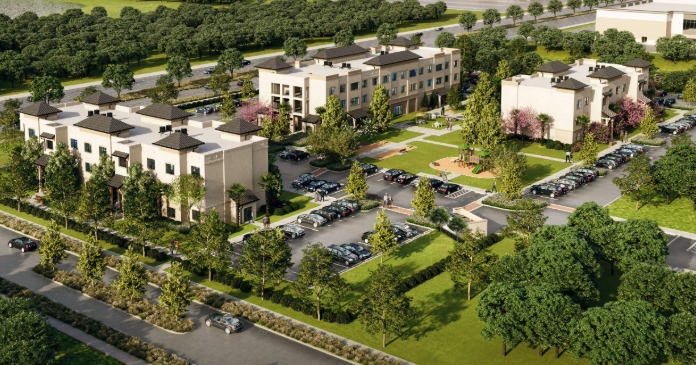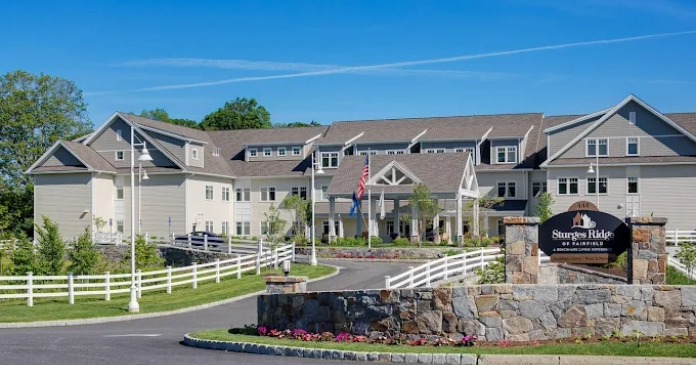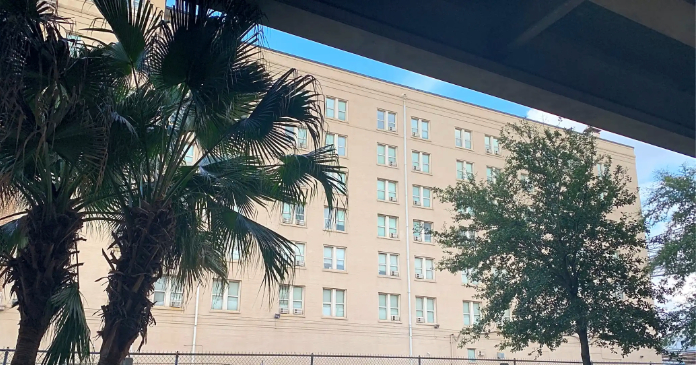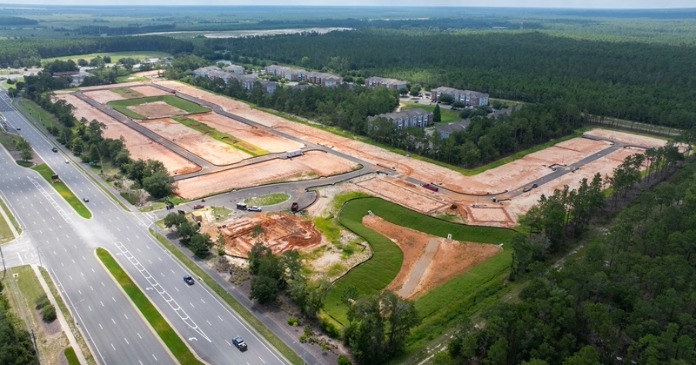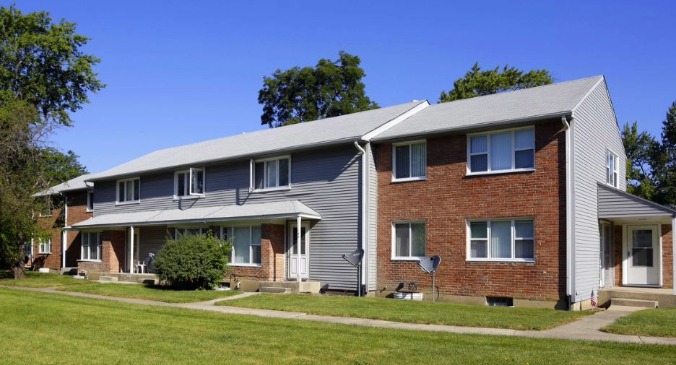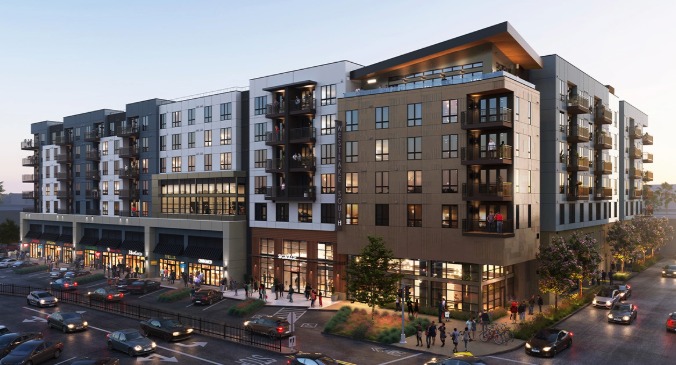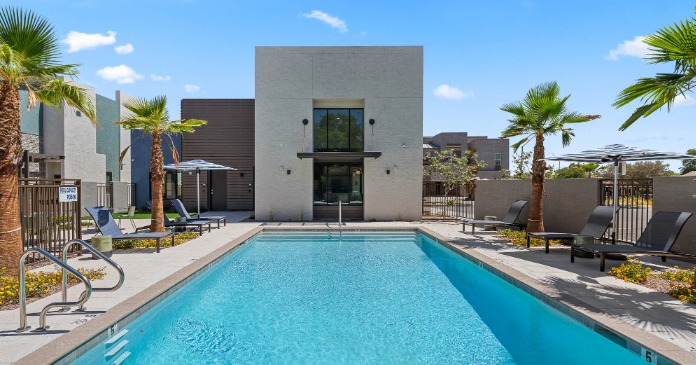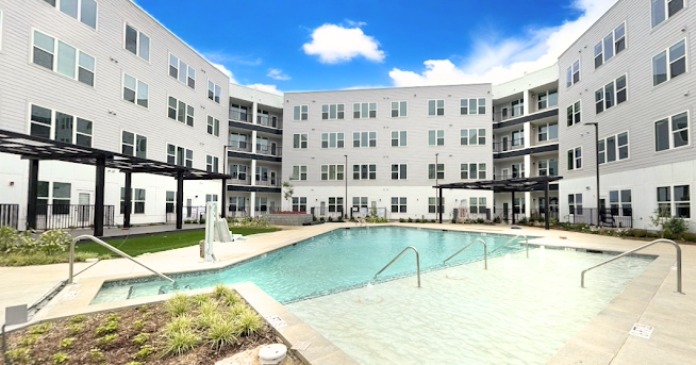Investors responding to Berkadia’s 2025 Investor Sentiment Survey, released in March, see a transitional year for multifamily characterized by uncertainty, with positive signals possible as the year progresses. This outlook is supported by the Beige Book, an economic summary released eight times a year by the Federal Reserve. The latest Beige Book, published on March 5, mentioned “uncertainty” 45 times.
What does uncertainty mean for multifamily?
When tenants are uncertain, they delay new moves and often live with roommates. This trend is good news for investors who, according to the survey, are mostly optimistic that new apartment supply will not exceed renter demand this year.
Uncertainty causes hesitancy and risk aversion among investors, while lenders rigorously scrutinize every deal and borrower, resulting in more conservatively structured loans. Overall, uncertainty leads to lower transaction volumes, longer decision-making processes, more complex loan negotiations, and an increased focus on risk mitigation.
The impact is a cautious, methodical approach to lending and investment, with heightened lender scrutiny and risk assessment. Half of the survey respondents report challenging underwriting and difficulty navigating deals as lenders react with greater due diligence.
In uncertain times, Fannie Mae and Freddie Mac become the primary lenders. This aligns with survey responses that, despite noting stricter qualification requirements, more complex extension terms, and higher cap rate requirements, expect the GSEs to be the most active lending sources in 2025, followed by private funds, debt funds, and banks.
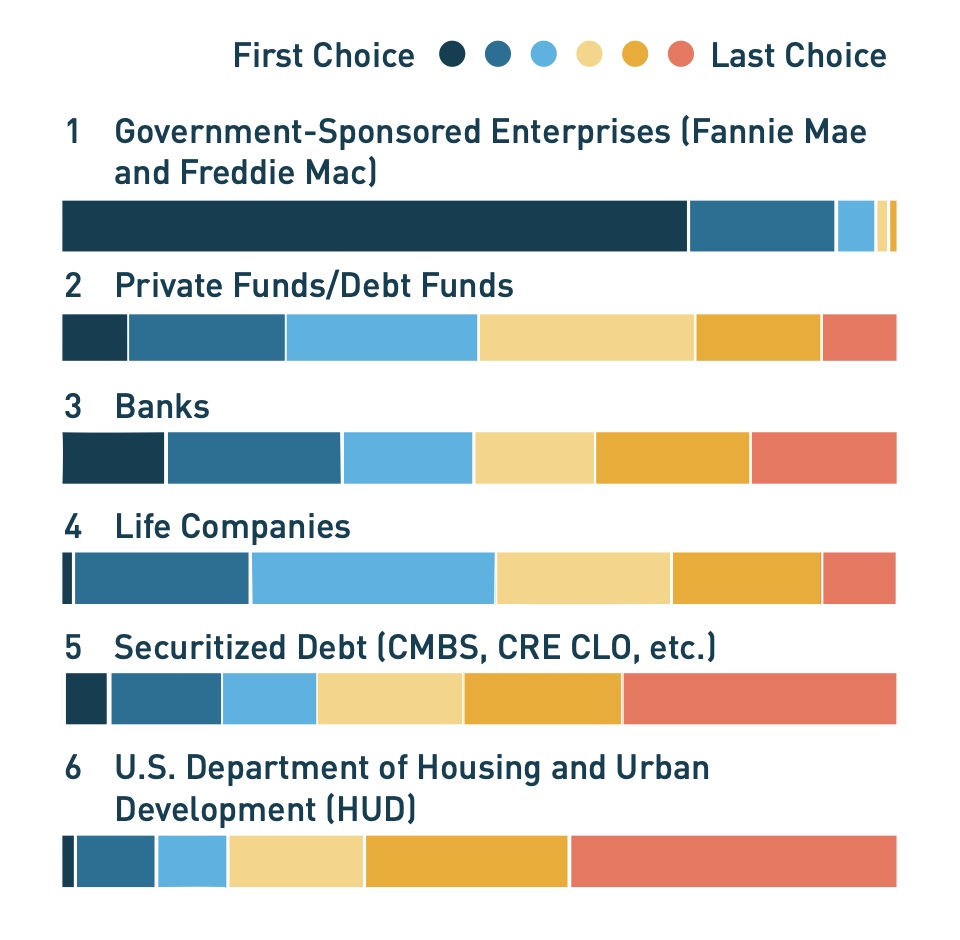 Half of the survey respondents expect the 10-year Treasury yield to range between four percent and 4.5 percent by year’s end, with most predicting two Federal Reserve rate cuts.
Half of the survey respondents expect the 10-year Treasury yield to range between four percent and 4.5 percent by year’s end, with most predicting two Federal Reserve rate cuts.
Many view government regulations as neutral or favorable this year and identify the Southeast, Midwest, and Texas regions as prime for investment (see graph below).
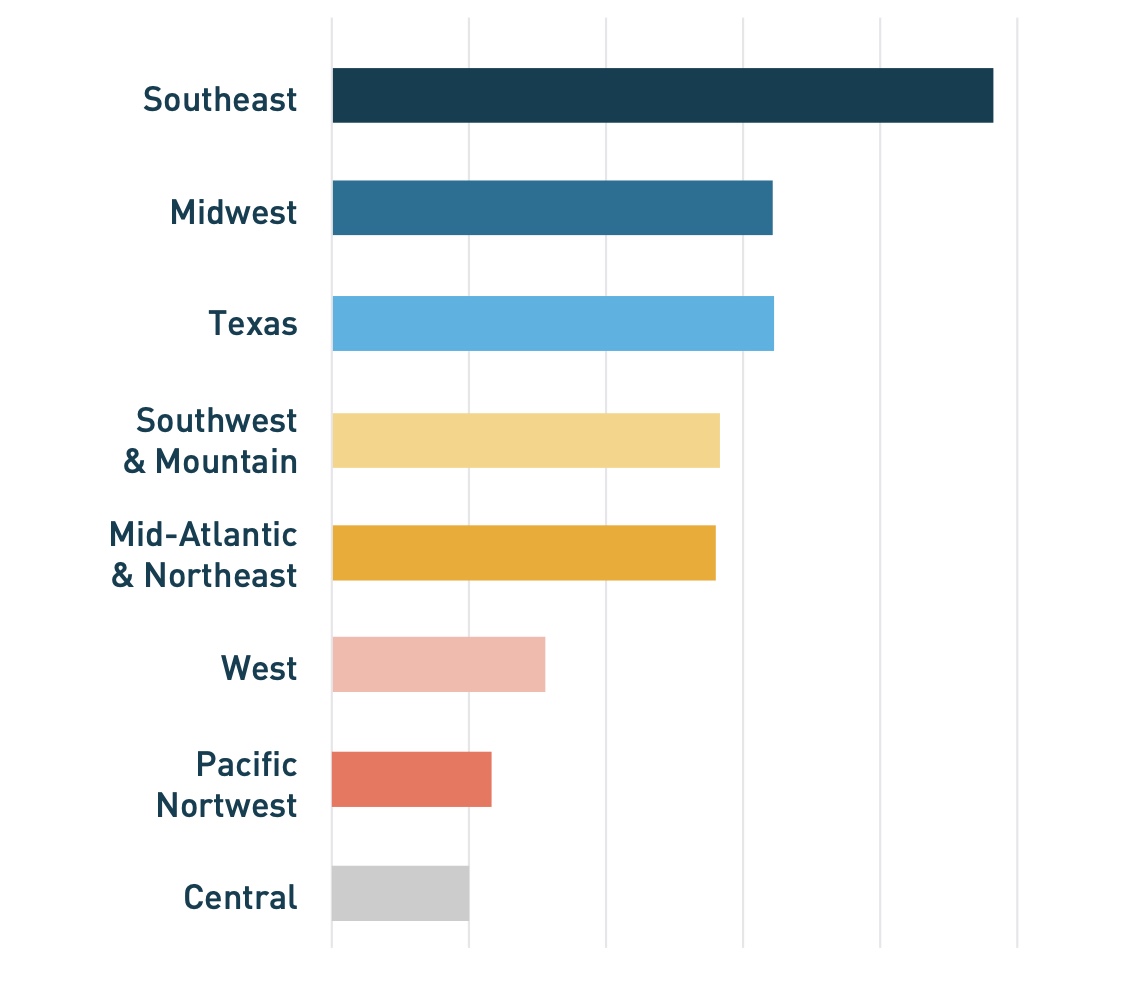 Surprisingly, most investors project that Class A properties will slightly outperform Class B and C properties, and they see Core-Plus and Value-Add strategies as offering the best risk-adjusted returns, with 65 percent of investors planning moderate portfolio expansion this year.
Surprisingly, most investors project that Class A properties will slightly outperform Class B and C properties, and they see Core-Plus and Value-Add strategies as offering the best risk-adjusted returns, with 65 percent of investors planning moderate portfolio expansion this year.
Most respondents also expect a moderate increase in rent growth this year, ranging from one percent to three percent (see chart).
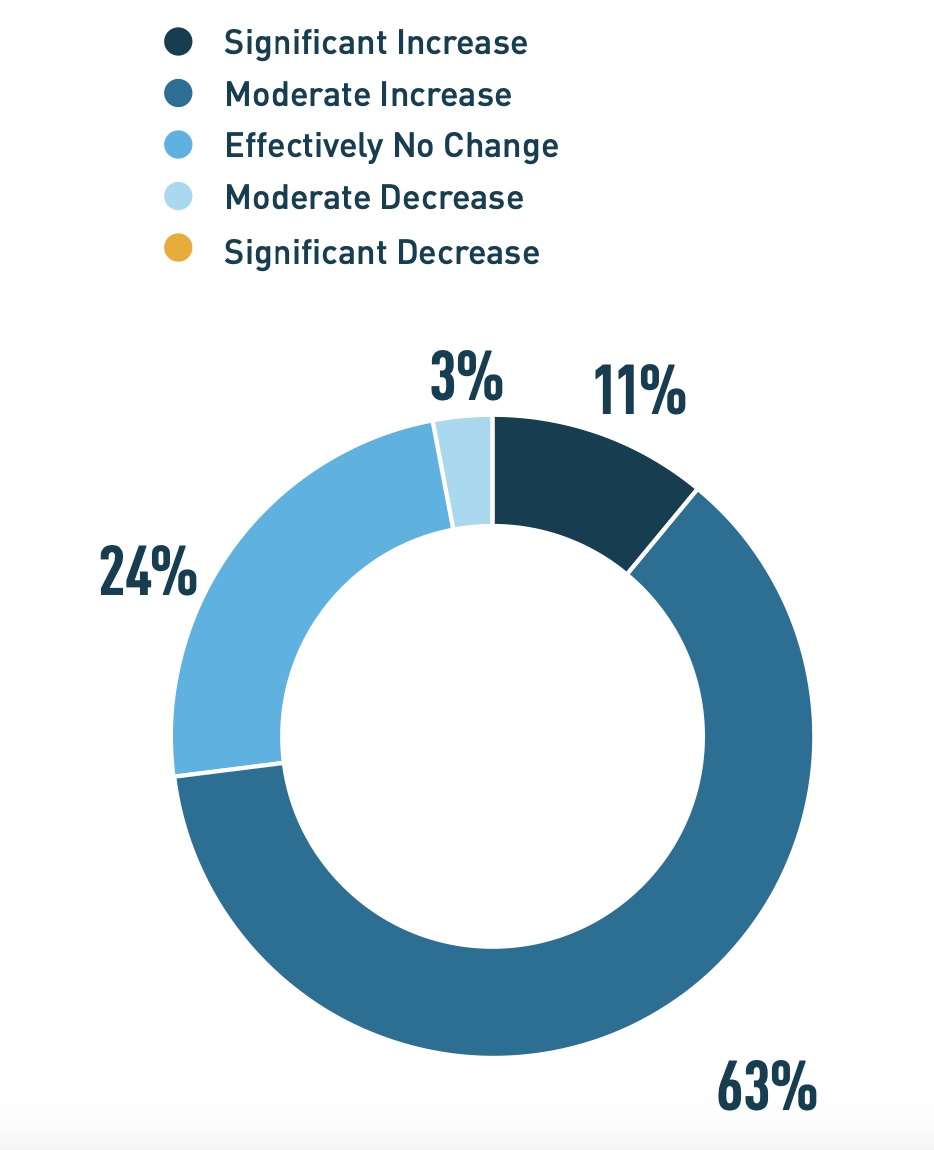
Rising insurance costs, labor expenses, and interest rates are cited as the top challenges facing investors.
The majority of investors project this year’s uncertainty will continue to stifle improvement, while others see uncertainty gradually give way to optimism in 2026.
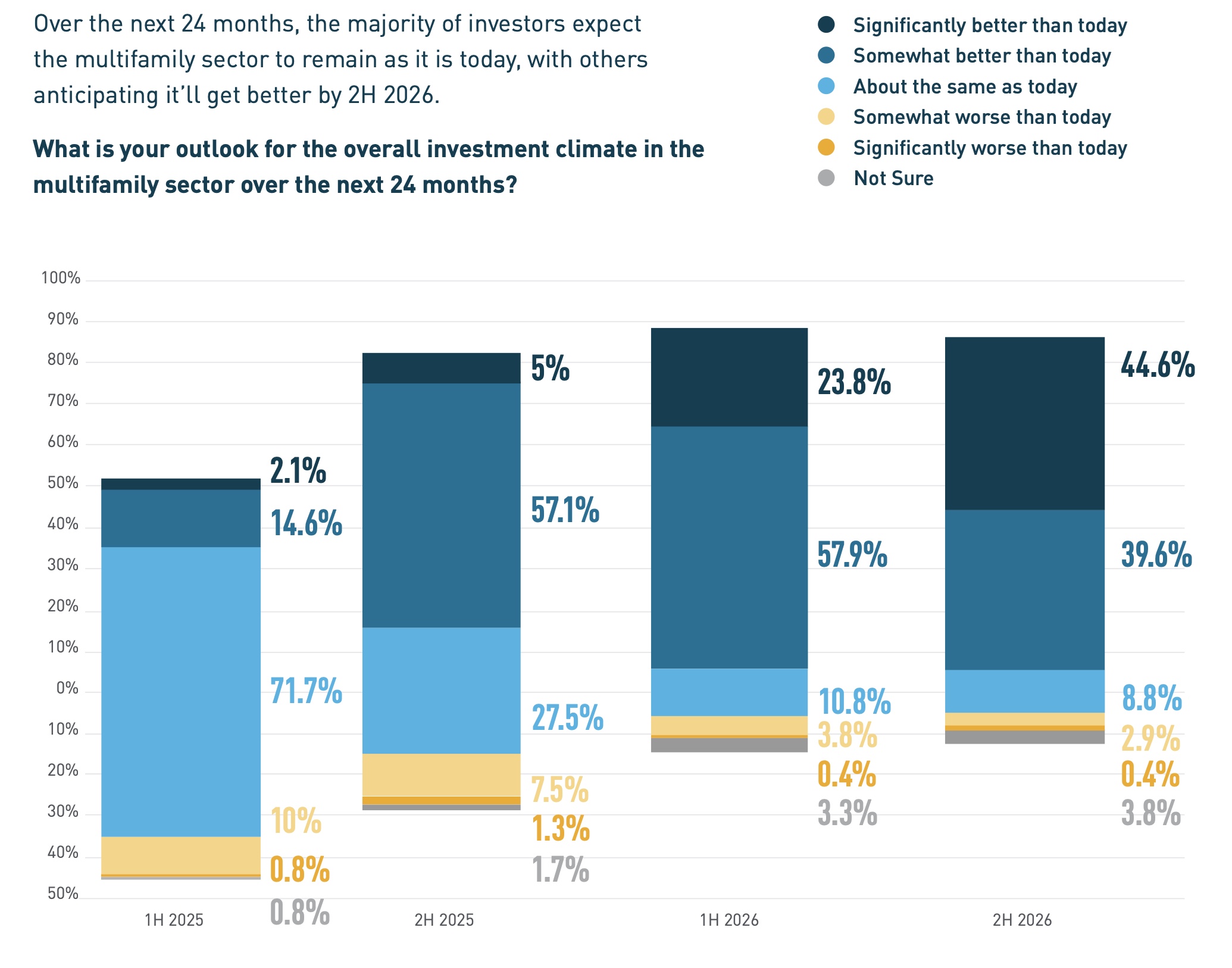
When asked what trends are expected to dominate the multifamily sector this year, some anticipate a slow start due to elevated interest rates, which have kept sellers on the sidelines. They expect a shift toward more investments and development by year-end.
“Investors will resign themselves to taking skinny initial yields to acquire quality properties while still at or below replacement costs. Sellers will move toward a sale orientation, increasingly meeting market bids due to numerous pressures and building transaction volume,” said a president at a private investment firm.
The Berkadia survey is available here.




